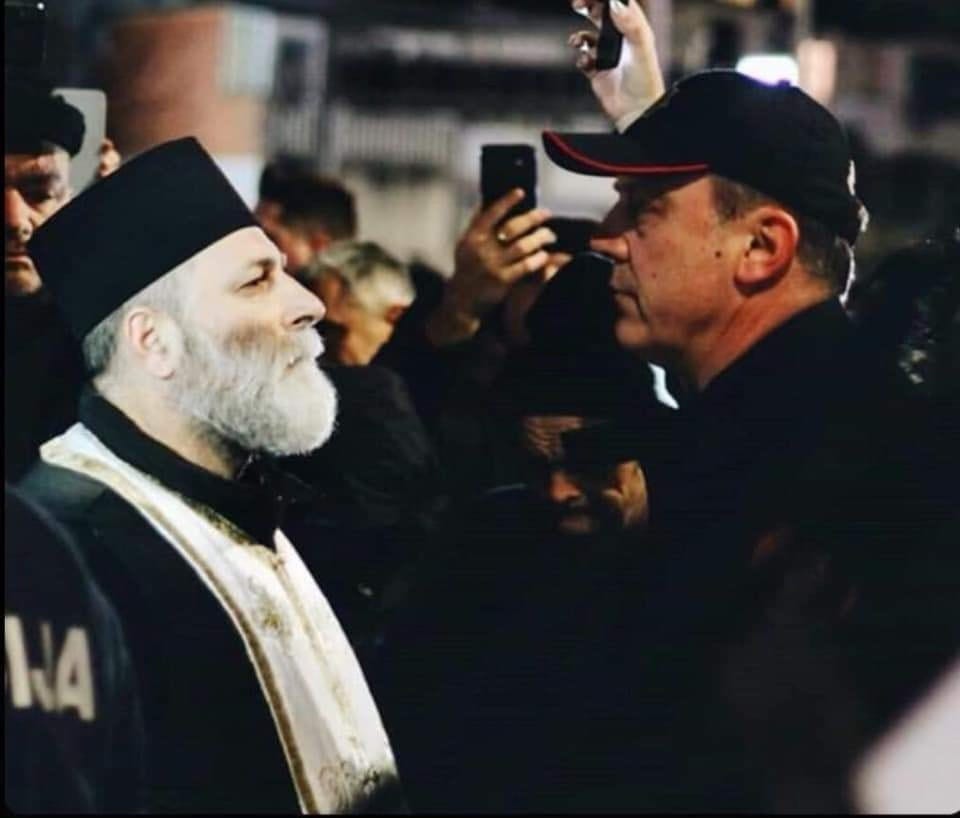One Thing Unites Constantinople and Moscow: Montenegro
From the Archive
This article was written for and first appeared in Orthodoxy in Dialogue on 8 January 2020.
Father Drago Pešikan (Serbian Orthodox Church in Montenegro) facing police chief in Herceg Novi; Source Orthodoxy in Dialogue
In January 2019, when the Ecumenical Patriarch granted autocephaly to the Ukrainian Church, it was clear that this would c…
Keep reading with a 7-day free trial
Subscribe to Divine Diplomacy to keep reading this post and get 7 days of free access to the full post archives.





